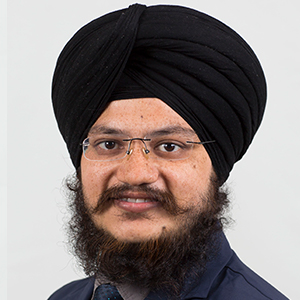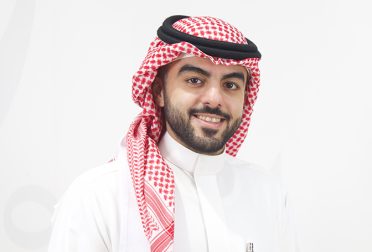SDM ’18
B.Tech. Mechanical Engineering
Anuraag Singh decided to apply to the SDM program after he took a sabbatical from his job as a car interior designer for Honda R&D Japan to do innovation policy research.
“While I was doing my research I realized that I liked to solve larger-scale problems over really narrow design problems,” Anuraag says. “ I knew I wanted to do this work at MIT; my undergraduate professors had trained there and I respected their research methodologies. Also, some of the coolest people I have ever met have come from MIT, so I knew that was where I wanted to be.”
After applying to SDM in 2016, Anuraag says his employers were receptive to his desire to work on larger-scale problems. They worked out a plan for him to stay a while longer and tackle some of that type of work at Honda.
“I ended up deferring a couple of years and worked on long-term strategy for Honda,” he said. “Even before coming to the program and MIT, I was really impressed by how flexible they were in working with my schedule and timeline, which was good since SDM was the only program I applied to and wanted to attend.”
What’s an experience you’ve had or project you’ve worked on during the program that’s unique to MIT and SDM?
If you like research and technology, being at MIT is like being a kid in a candy store. During my time here I have been involved in two different research groups. One is Work of the Future Task Force, which is an institute-wide group charged with developing a statement from MIT on how new technology is affecting the future of jobs and work. It is an amazing group made up of people from all different backgrounds — economists, computer scientists, mechanical engineering professors, faculty and researchers from urban studies department,, anthropologists, and neuroscientists. It is such an amazing group that I get to learn from and we get to try to understand and put some rigor behind this really current issue that I was also personally concerned about.
I also work with another research group called the Design and Invention Group at the MIT International Design Center, where we were trying to understand how fast all the different technologies are improving. If you are an automotive company, for instance, you want to know how fast self-driving car technology is improving so you have an idea of when things will hit the market and when they may be a threat to your existing business. For a software company, you may be interested in database technologies or telecommunications. For all of these different technologies, until now, we didn’t have a rigorous way to answer this question. The research there has been happening for about 15 years now, but in the last two years we have been able to generalize it to the entire patent system. So now we can answer this question for almost any technology very quickly, without any costly studies. Now we are thinking of maybe making it into a business. For me, this has been a really incredible journey.
Have your plans/goals for your career changed while you’ve been in the program?
In the long-term, I really wanted to be able to start a new venture. I think being here has now empowered me to do so. I would say that even though my plans have not changed a lot, my ability to put them into action has.
What would you tell a colleague who was considering whether to pursue a graduate degree?
I have had a number of friends ask me this question and my answer has always been yes, go for it. You will gain a significant amount from it and it is a unique, once-in-a-lifetime type of experience.
I strongly recommend that if you join the program that you engage with the research as early and substantially as possible. A huge part of being at MIT is understanding how research gets done. MIT is a different level of research and vigor than almost any other place in the world.
Why should people come to SDM instead of getting an MBA?
If you care about technology, you want to have a firm grounding in how technology gets made and is developed. Due to the unique position SDM has, of being partly in the School of Engineering, you get a lot more exposure to technology in a way that you just wouldn’t with an MBA, which is more general business. By design, SDM forces you to engage with technology at multiple levels and you get a sense of how technological architecture should be thought of and all the interesting social-technical issues around technology and human issues.




